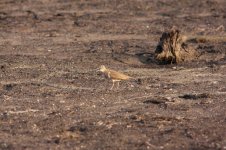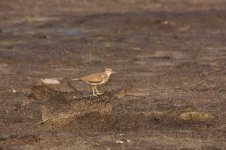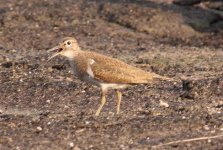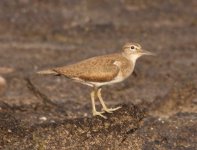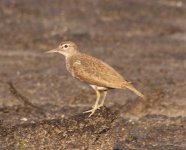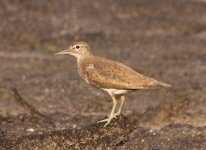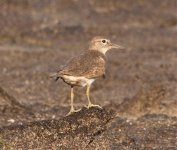James Thomas
Well-known member
See plenty of Common Sandpipers like these, where the white shoulder flash is missing and the bib extends much further down the breast. Am I right in assuming they are females who moult into this prior to sitting on a nest in order to increase camouflage? If so why don't fieldguides ever point this out rather than simply stating the white patch is a key id feature?
Attachments
Last edited:




